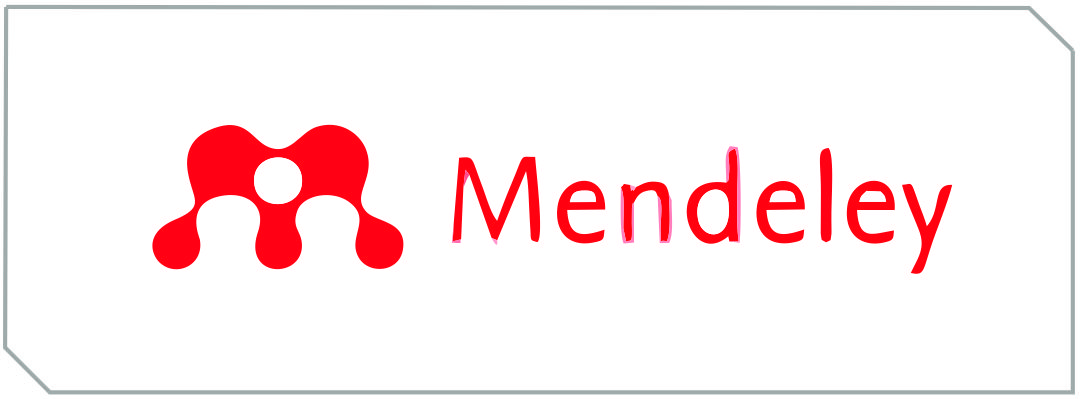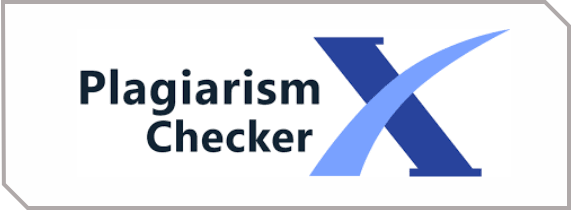PENGARUH IKLIM SEKOLAH DAN DISIPLIN BELAJAR TERHADAP PRESTASI BELAJAR SISWA SD SWASTA BERYAYASAN BUDDHA SE KOTA TANGERANG
DOI:
https://doi.org/10.47861/dv.v6i2.54Keywords:
School Enviroment, Learning discipline , Student AchievementAbstract
THE INFLUENCE OF THE SCHOOL ENVIROMENT AND LEARNING DISCIPLINE TO THE ACHIVEMENT OF ELEMENTARY SCHOOL STUDENTS IN ENTERE BUDDHA FONDATION SCHOOL IN TANGERANG CITY ". Meanwhile, this study aims to examine 1) Is there an effect of School Enviroment on learning achievement, 2) is there an effect of Learning discipline on learning achievement, and 3) is there an effect of School Enviroment and Learning discipline on learning achievement together.
This type of research includes quantitative research with conclusions drawn through statistical analysis. The research location is in private junior high schools throughout the city of Tangerang, the population is Class V totaling 171 students, and the research sample totaling 120 students. The data collection technique used a closed questionnaire with a Likert scale. Data analysis techniques include: (1) instrument test, validity and reliability test. (2) Research prerequisite test, consisting of normality and linearity tests. (3) Homogeneity test, 4) Hypothesis test, using multiple regression test, partial regression test, F/simultaneous test and coefficient of determination test.
Based on the results of the study: There is a positive and very significant effect between School Enviroment (X1) on Learning Achievement (Y) with a correlation coefficient score of ry1 = 0.678a, the influence of High Learning discipline (X1) will have a strong influence on Learning Achievement (Y) private Elementary School students in the city of Tangerang with a coefficient of determination score of r2y1 = 0.654, a contribution or influence of 65,4%, the remaining 34,6% was contributed by other variables that have a positive relationship with an increase in student achievement (Y) Elementary School in Tangerang City., the effect of School Enviroment (X1) and Learning discipline (X2) together with strong learning achievement (Y) will have a large relationship with learning achievement (Y), with a determination coefficient score of r2y3 = 0.781. Contribution or influence of 34,6%, the remaining 65,4% was contributed by other variables that have a relationship with increasing learning achievement (Y).
References
Pengelolaan referensi artikel menggunakan Mendeley, dengan Style APA 6th edition
Arikunto, S. (1998). Prosedur Penelitian Suatu Pendekatan Praktek. Jakarta: Rineka Cipta.
Arweck, E., & Nesbitt, E. (2004). “Living Values: An educational program” - From initiative to uptake. British Journal of Religious Education, 262, 133–149. https://doi.org/10.1080/01416200420042000181910
Buiningsih, A.( 2005). Belajar dan Pembelajaran. Jakarta: Rineka Cipta.
Cauto, N. (2010). Psikologi Persepsi dan Desain Komunikasi Visual. Padang: UNP Press Padang.
Cheong, F. (2008). Using a Problem-Based Learning Approach to Teach an Intelligent Systems Course. Journal of Information Technology Education, 7, 47–60.
Dar, F. (2012). Textbook Materials and Their Successful Application in the Classroom: Implications for Language Development. Journal of Educational and Instructional Studies in the World, 24, 109–114.
Gasser, M., Boeke, J., Haffeman, M., & Tan, R. (2005). The Influence of Font Type on Information Recall, 72, 181–188.
Gellel, A. (2010). Nurturing Spirituality. Through Symbol Literacy in religious Education. Journal of Religious Education, 44-51.
Hartley, J. (1985). Designing Instructional Text. New York: Nichols Publishing Company.
Hussain, R. (2012). Students ’ Views of Impact of Textbooks on Their Achievements, November, 444–452.
Jean-Jacques Lussier, L. H. (2014). Problem-Based Learning in Teacher Education: Trajectories of Change. International Journal of Humanities and Social Science , 19-29.
Kasmaienezhadfard, S., Pourrajab, M., & Rabbani, M. (2015). Effects of Pictures in Textbooks on Student’s Creativity. Multi Disciplinary Edu Global Quest, 214, 83–96.
Komalasari, K., & Sapriya, J. (2016). Living values education in teaching materials to develop students’ civic disposition. New Educational Review, 442, 107–121. https://doi.org/10.15804/tner.2016.44.2.09
Komalasari, K., & Saripudin, D. (2018). The Influence of Living Values Education-Based Civic Education Textbook on Student’s Character Formation. International Journal of Instruction, 111, 395–410. https://doi.org/10.12973/iji.2018.11127a
Komalasari, K., Saripudin, D., & Masyitoh, I. S. (2014). Living Values Education Model in Learning and Extracurricular Activities to Construct the Students ’ Character, 57, 166–174.
Mahmood, K. (2009). Indicators for a Quality Textbook Evaluation Process in. Journal of Research and Reflection in Education, 32, 158–176. Retrieved from http://www.ue.edu.pk/jrre
Mohammad, R. F., & Kumari, R. (2007). Effective use of textbooks : A neglected aspect of education in pakistan. Journal of Education for International Development 3:1, 3September, 1–12.
Olurinola, O., & Tayo, O. (2015). Colour in Learning : It ’ s Effect on the Retention Rate of Graduate Students. Journal of Education and Practice, 614, 1–6.
Ozcelik, E., Karakus, T., Kursun, E., & Cagiltay, K. (2009). Computers & Education An eye-tracking study of how color coding affects multimedia learning q. Computers & Education, 532, 445–453. https://doi.org/10.1016/j.compedu.2009.03.002
Pramono, Y. G. H. (2005). The Role of Static and Animated Pictures That Complement Texts in Supporting Learning. K@Ta, 71, 25–42.
Pranata, M. (2005). Estetika Ilmiah. Malang: Universitas Negeri Malang dan Bayumedia Publishing.
Pranata, M. (2010). Teori Multimedia Instruksional. Malang: Universitas Negeri malang.
Savery, John R. Faisal, Rizwan. Bahadur, Sher. Shiwari, L. 2006. Overview of Problem-based Learning: Definitions and Distinctions. Interdisciplinary Journal of Problem-Based Learning, 66(6). https://doi.org/10.7771/1541-5015.1002
Seng, T. O. (2004). Problem-Based Learning: the Future Frontiers. Problem-Based Learning: The Future Frontiers, 17–30. Retrieved from http://www.tp.edu.sg/pbl._tan_oon_seng.pdf
Sudarma, I. k., Tegeh, I. M., & Prabawa, D. G. (2015). Desain Pesan Kajian Analitis Desain Visual Teks dan Image. Yogyakarta: Graha Ilmu.
Sobur, A. (2006). Semiotika Komunikasi. Bandung: Remaja Rosdakarya.
Tinarbuko, S. (2009). Semiotika Komunikasi Visual. Yogyakarta: Jalasutra.
Tarasov, D. A., Sergeev, A. P., & Filimonov, V. V. (2015). Legibility of Textbooks: A Literature Review. Procedia - Social and Behavioral Sciences, 174, 1300–1308. https://doi.org/10.1016/j.sbspro.2015.01.751.
Tillman, D. (2004). Living Values: An Educational Program Living values Activities for Young Adults. Jakarta: PT Grasindo.






